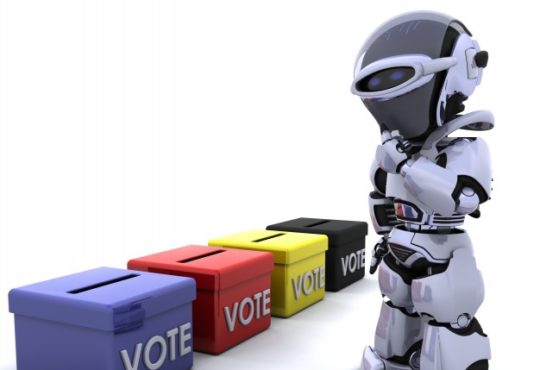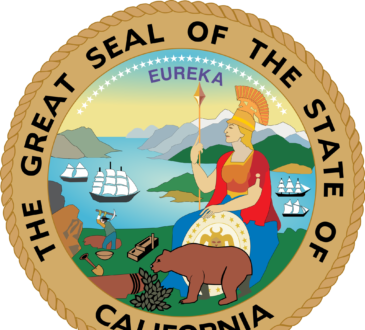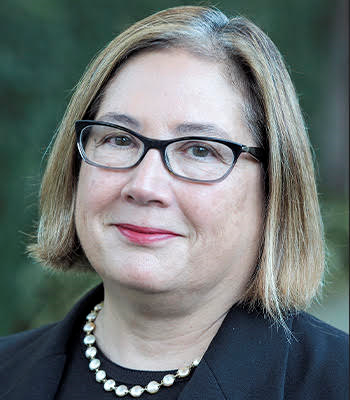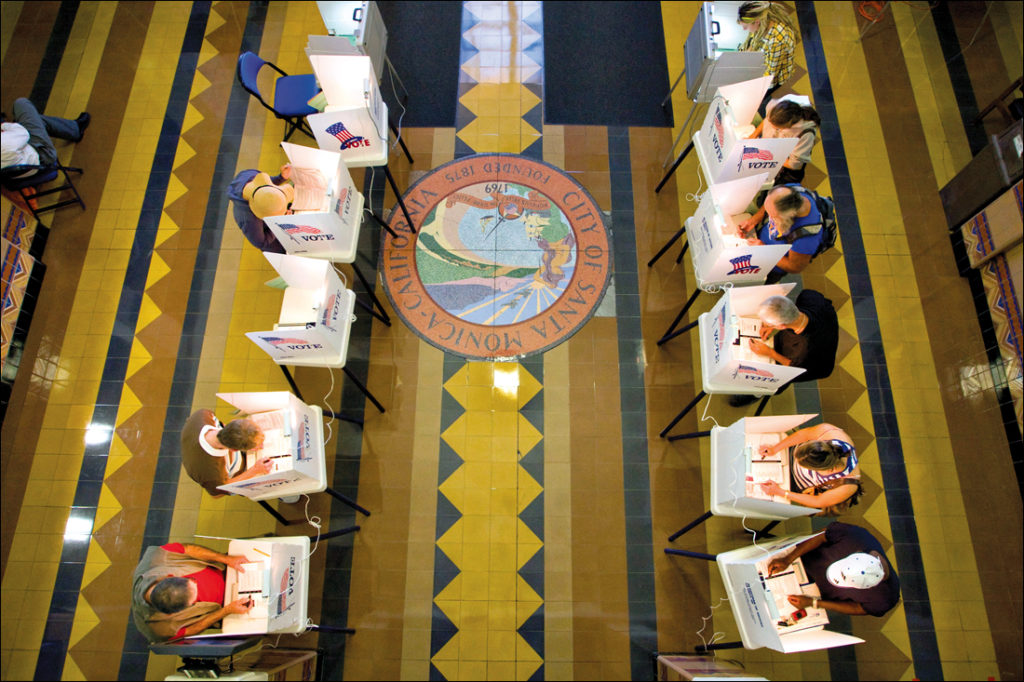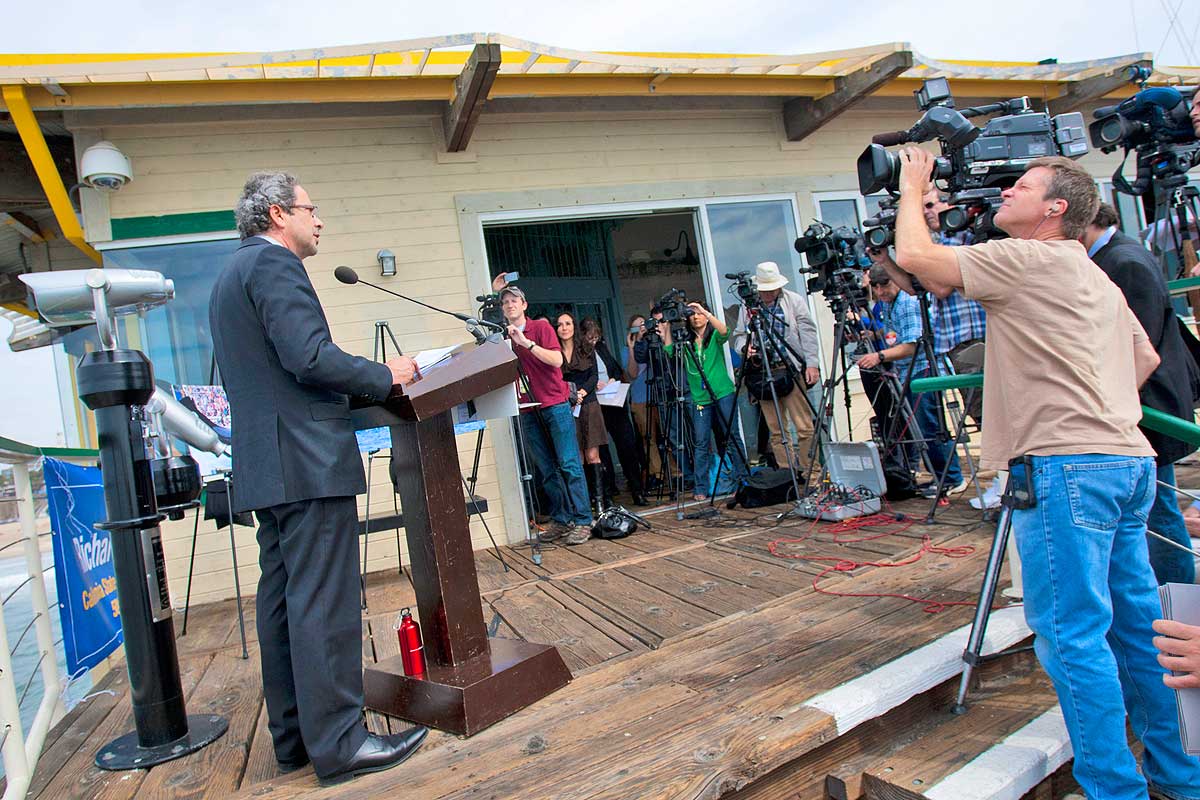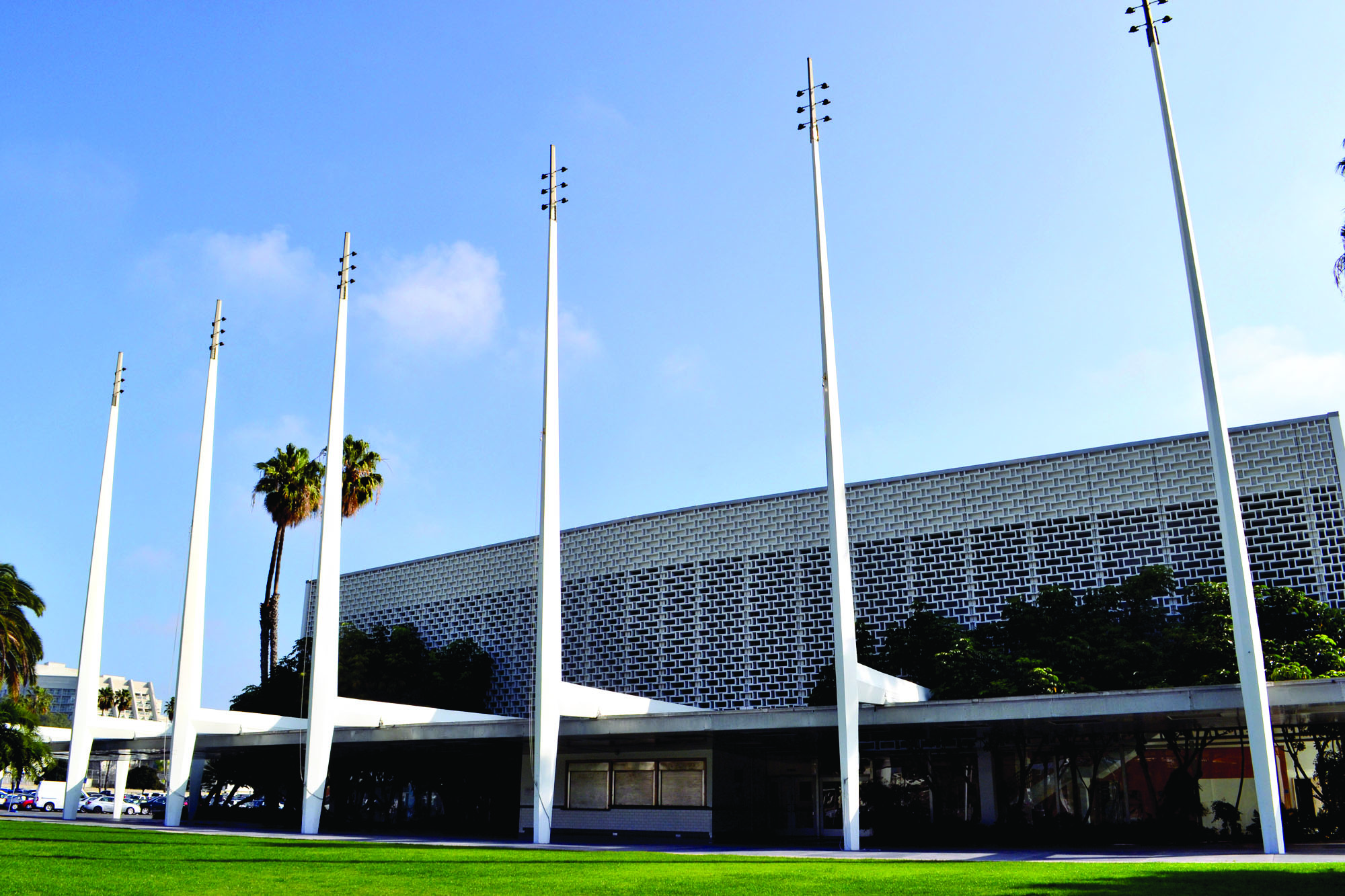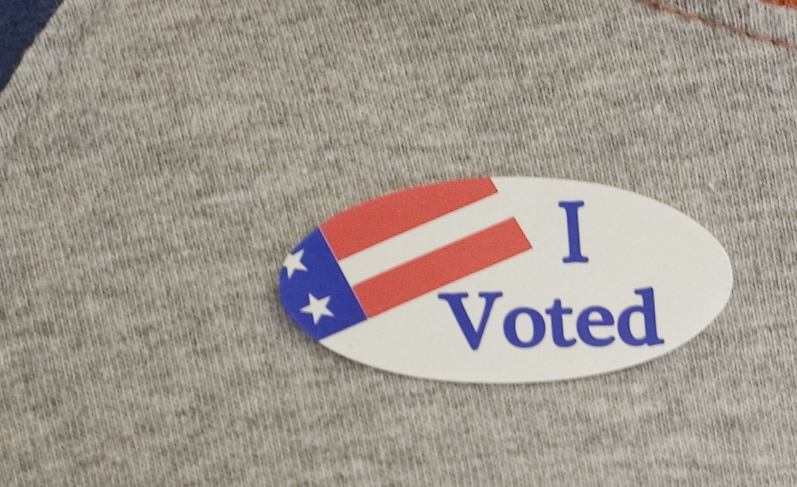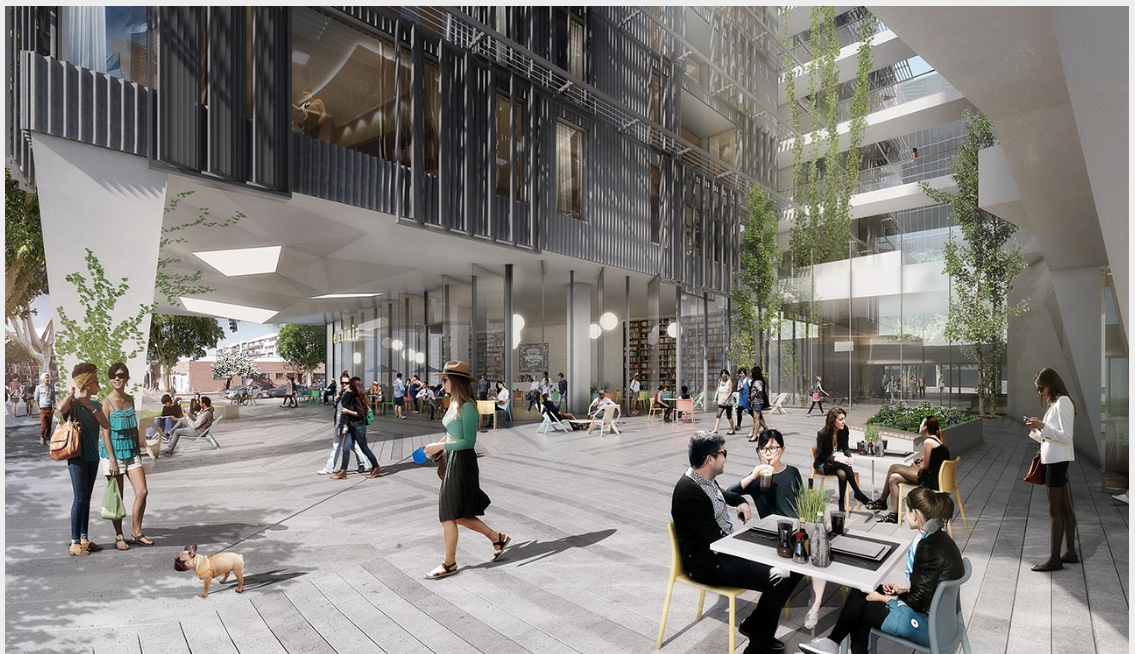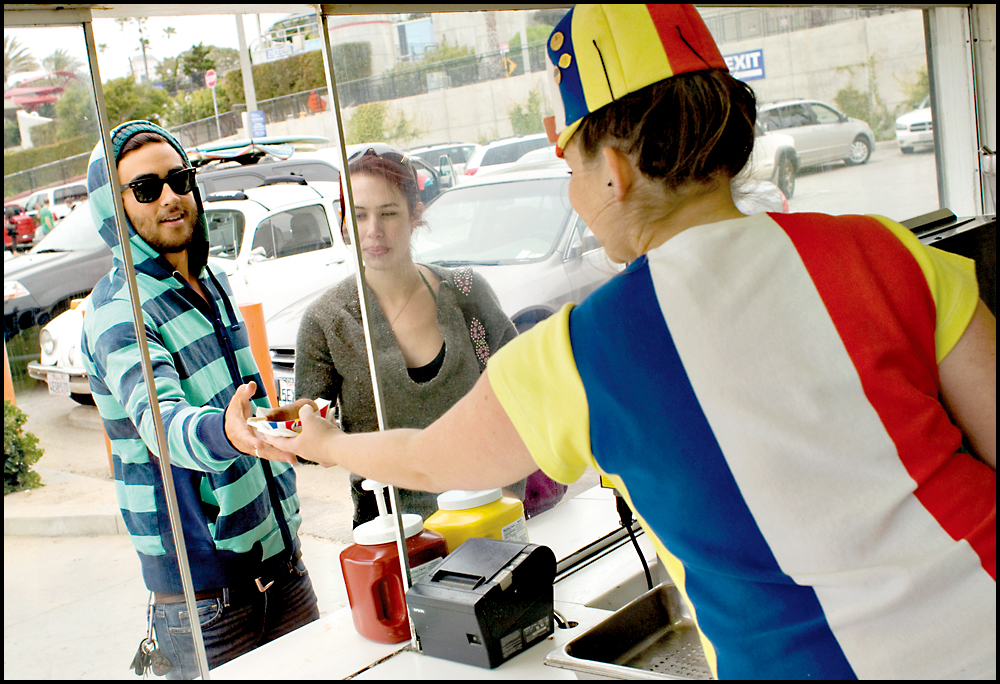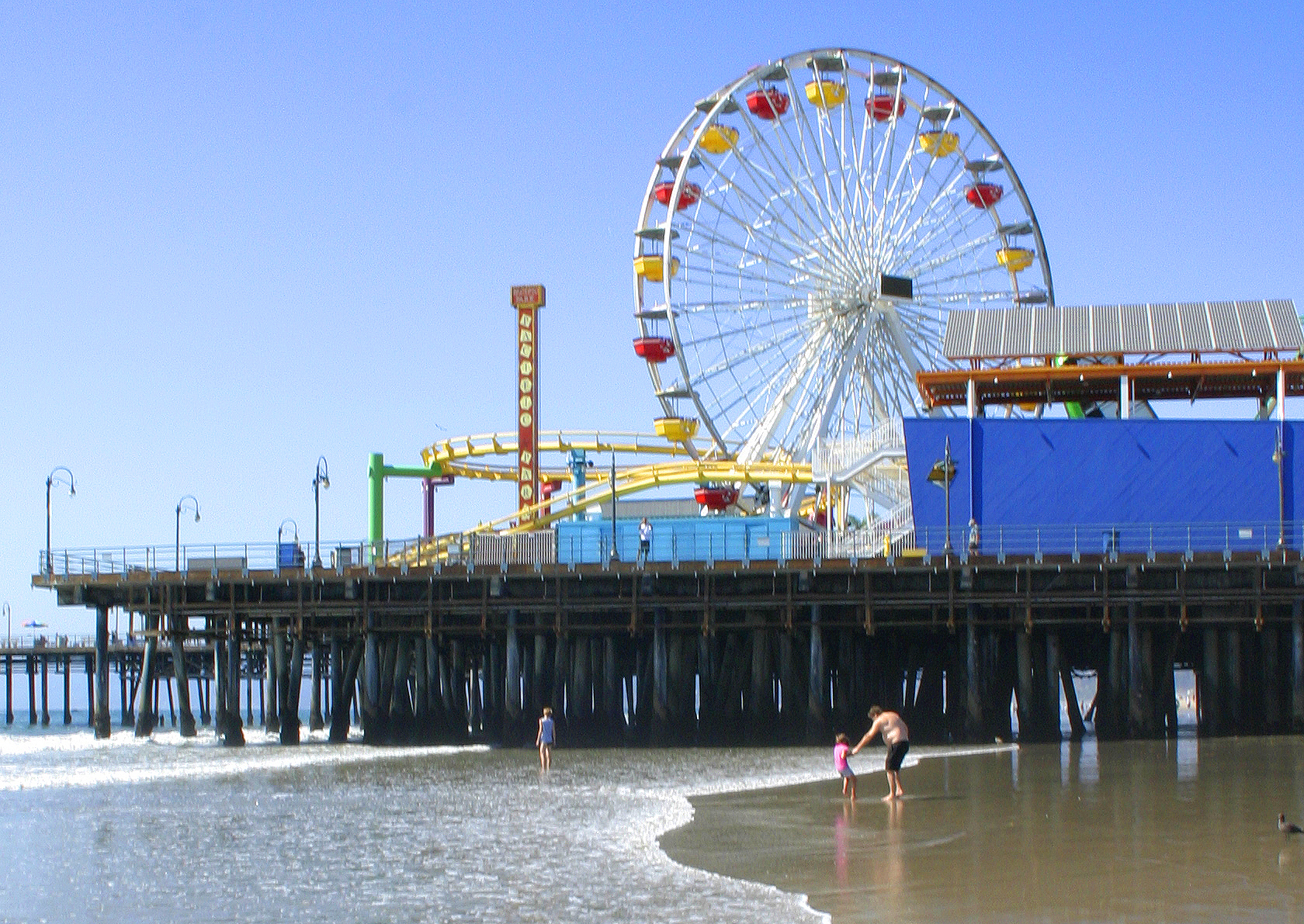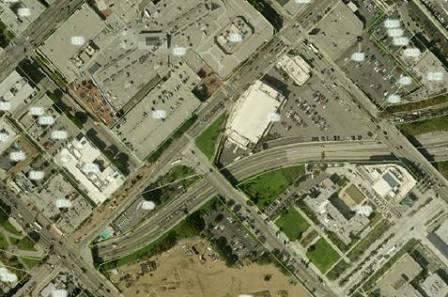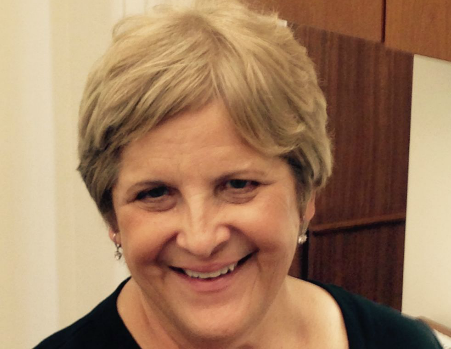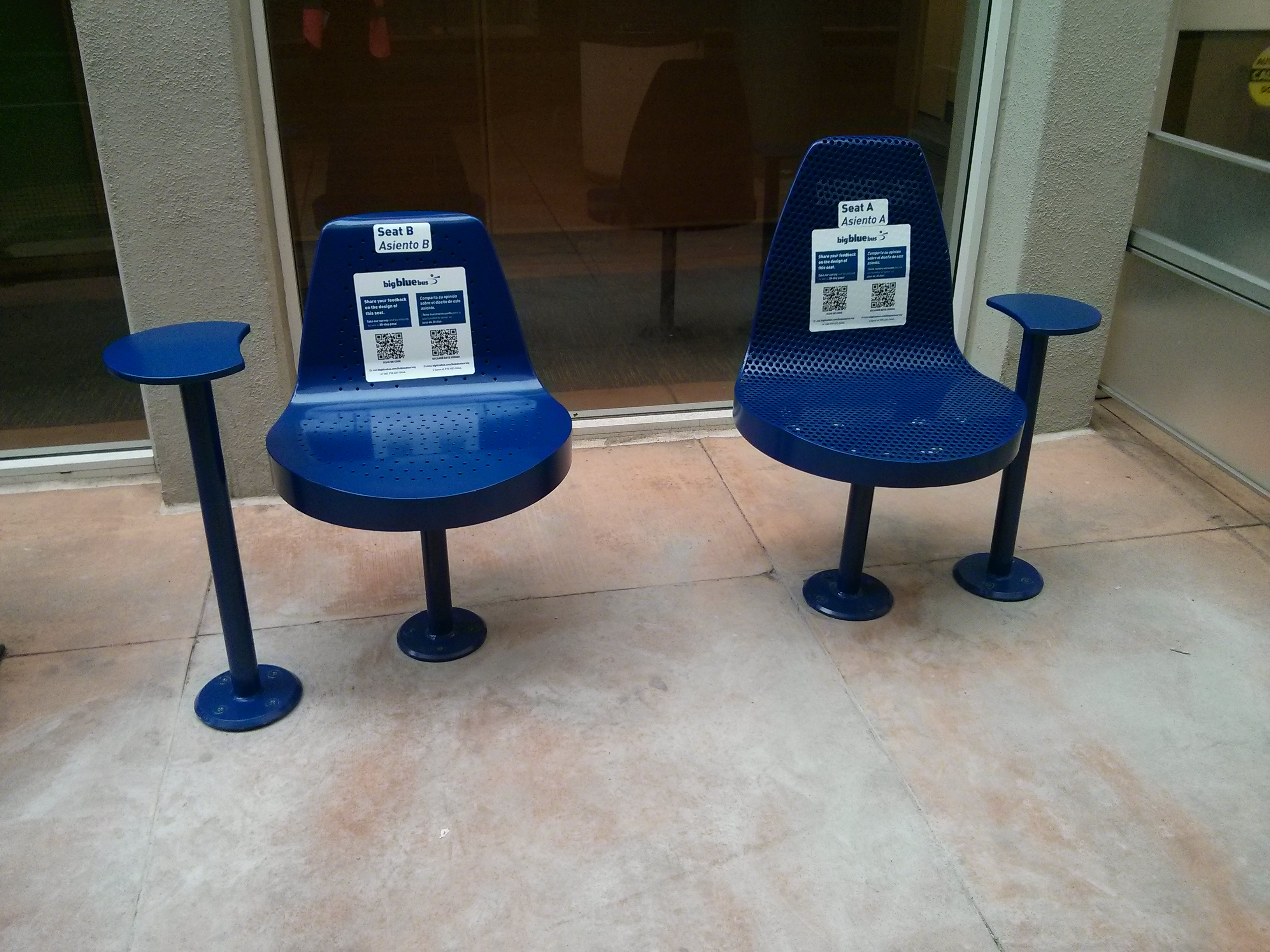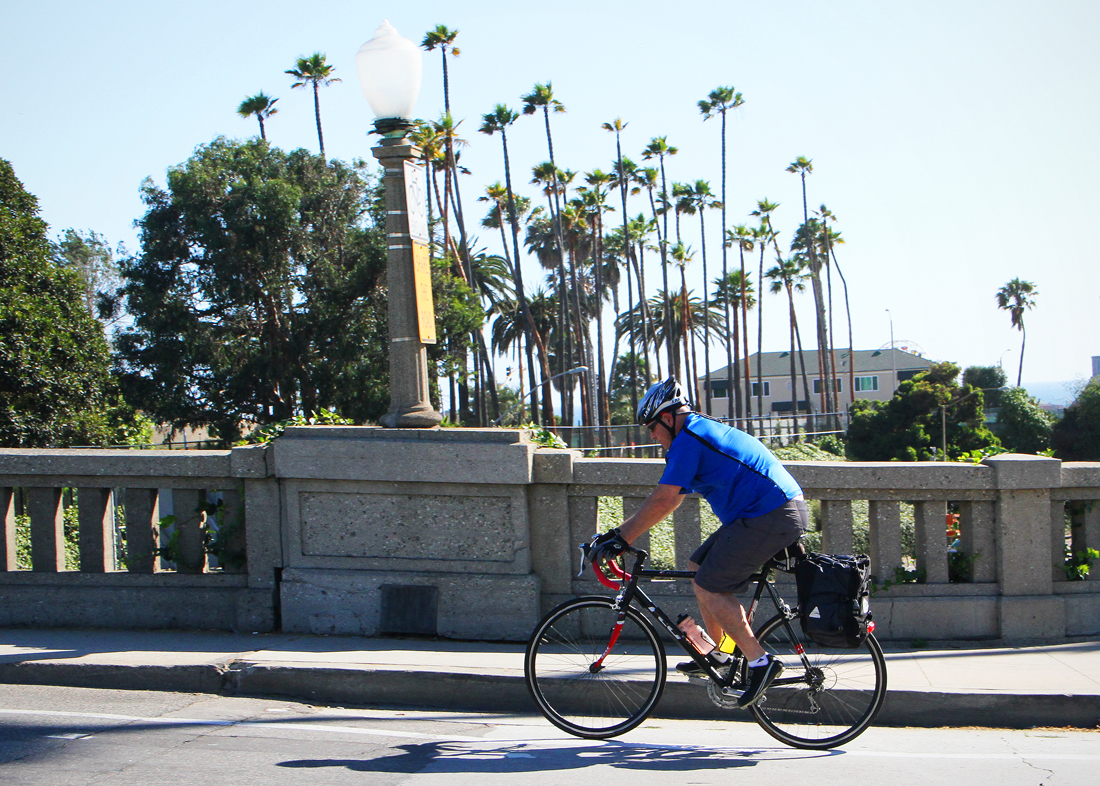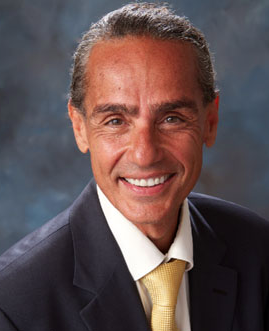Your column here – How Early Voting Undermines Democracy

By Michael Feinstein, Inside/Outside. Santa Monica Daily Press, Monday, March 30.
If you waited in a long line to vote on Election Day in Santa Monica – or in many places across Los Angeles County — you weren’t alone. It took me an hour and forty-one minutes to vote at Joslyn Park when it used to take ten minutes – a consequence of LA County’s first-time experiment with voter centers.
Under SB 450 The Voters Choice Act — legislation sponsored by Santa Monica’s State Senator Ben Allen in 2016 — neighborhood-based, precinct voting on Election Day has been replaced by multiple vote centers dispersed around the county, where voters can cast their ballots starting ten days beforehand, running through Election Day. Sixty-three percent of LA County voters also received a vote-by-mail (VBM) ballot, which they could either return by mail, cast in person at multiple drop boxes (starting 28 days before and up through Election Day), or at the vote centers.
Part of what caused the long delays was a major miscalculation about how many people would vote early, compared to on Election Day. This led to major understaffing at many Election Day polls at exactly the time more staff was needed, because LA County also implemented new voting machines this year that required special explanation.
In response, Allen has proposed legislation to increase the number of voter centers available on Election Day, and/or require that all LA County votes receive VBM ballots — an additional 2.5 million ballots according to LA County Registrar of Voters Dean Logan. The Los Angeles County Supervisors similarly voted on March 10 to explore sending VBM ballots to all LA County voters — a motion supported by Santa Monica’s Supervisor Sheila Kuehl, who also wants to double the number of vote centers, while reducing the number of early voting days to four. California Secretary of State Alex Padilla also has called for LA County to send VBM ballots to all county voters for this November’s elections.
When the Voters Choice Act was first approved, LA County was granted an exception from sending VBM ballots to all voters because of cost and logistics. But this year, in response to the COVID-19 pandemic and health concerns about voting in person, calls have increased to provide VBM ballots to all voters nationwide for this November’s election. The House of Representatives stimulus bill included $4 billion for enhanced election funding, including to increase the number of VBM ballots. But the version passed by the Senate contained only $400 million for the entire U.S., which Padilla said is not sufficient. House Speaker Nancy Pelosi (D-San Francisco) has said that rather than holding up the current stimulus bill, she would seek additional election funding in additional legislation. Perhaps enhanced VBM funding for LA County could be in such a bill.
Why emphasize early voting so strongly in the first place?
Global pandemics aside, if elections are supposed to be an opportunity to debate issues, why cut that short by encouraging early voting? Early voting also favors early big money over grassroots organizing, and limits the ability of voters, candidates and the media to respond to evolving issues. But we are often oblivious to this, because our duopoly electoral system leads us to ‘us vs. them’ general election choices. Since we already know who we are going to vote for, it doesn’t matter when we vote.
But this year’s Democratic presidential primary was different. Instead of the two-way Sanders vs. Clinton dynamic in 2016, there were multiple viable candidates appealing to a range of Democratic primary voters. Complicating things further, eight candidates whose names were on the ballot dropped out between the start of early voting on February 3 and Super Tuesday, and a total of 11 overall. As a result, approximately 600,000 Californians cast a primary election vote for a ‘zombie candidate’ no longer in the race. Nationally, the number is 2.2 million and counting.
This ‘wasted vote’ phenomenon could be mitigated if California adopts ranked choice voting (RCV). Under RCV, voters can rank candidates in the order of their preference. If a voter’s first choice isn’t elected, their vote goes to their second choice and so on, until some candidate wins a majority. If a voter ranked a candidate that dropped out, their vote would transfer to their next preferred candidate, retaining their voice in the process. Four states plan to use RCV in their Democratic primary this year – Alaska, Hawai’i, Kansas and Wyoming. Nevada Democrats already used it in their caucuses.
How could RCV have affected the 2020 California Democratic primary?
It’s often said “vote your heart in the primary and your head in the general.” But the emphasis this year on defeating Donald Trump among Democratic primary voters elevated ‘electability’ at the expense of almost everything else. RCV would have empowered Californians to vote their heart and head — making it more clear where voters’ policy preferences are — and lifted many strong women candidates who suffered from the sexism that women are not electable. At the same time under RCV, more candidates would have reached the 15% threshold the Democratic Party uses to win delegates in their proportional representation system, as candidates near the bottom were dropped off, and support for them consolidated around others. That would have meant a more representative primary election — and fewer candidates dropping out early, increasing the reason to wait to vote until Election Day.
There are also good reasons to use RCV in the general election. In giving voters the ability to express their preferences among multiple candidates, RCV also eliminates the spoiler issue (think Bush v. Gore) and leads to a majority winner. Maine will be the first U.S. state to use RCV for president in a general election this November. California should join them in 2024.
More voter choice is the point
Over the last decade, California has passed a series of laws to make it easier to vote and to register to vote. But it hasn’t given more voters more reason to vote.
The United States trails most developed democracies in voter turnout, because our single-seat, winner-take-all electoral system limits voter choice. Most countries with higher turnout elect their legislatures by proportional representation from multi-seat districts, where voters win representation in proportion to their numbers. Because more voters are able to help elect candidates who truly represents their views, more are motivated to turn out to vote.
By ignoring this fundamental reform, California has compensated in the wrong direction by over-emphasizing early voting. This can even undermine local non-partisan municipal elections like in Santa Monica, where voters elect multiple seats together at a time for city council, and for school, college and rent control board. A voter may be clear about some but not all of their choices in these elections, but could be be swayed by attending a community-based candidate forum, or meeting candidates who are going door-to-door. But if voters vote early, they may lose this opportunity.
Do we really want to incentivize against this kind of grassroots democracy with our voting system?
Progressive on other issues, California is behind the curve in how it votes.
In every election, millions of disenfranchised Californians cast votes that don’t lead to electing someone who represents their views. To address this, Allen and other state legislators need to convene a public process to explore implementing proportional representation elections for the state legislature and Congress, and RCV for single seat offices like President, Governor and US Senate. They also need to make it easier to vote on Election Day by making state primaries and general elections into state Democracy Holidays.
While well intended and not entirely wrong, California’s disproportionate emphasis on early voting reveals an electoral blind spot that comes from living so long in a political duopoly, that we don’t question it. For the good of our democracy, it’s time we do.
Michael Feinstein is a former Santa Monica Mayor (2000-2002) and City Councilmember (1996-2004), a co-founder of the Green Party of California, and a 2018 Green candidate for California Secretary of State.
Inside/Outside
Santa Monica case reveals flawed California Voting Rights Act
She’s Gleaming – Three Questions For Our New Mayor
Standing Rock, Trump and Santa Monica values
Inside/ Outside
Next Logical Step after LV is RCV
LV’s failing to plan is planning to fail
Initiative Reform and Measure LV Drafting Errors
Who chooses who debates?
Expo Line and the South Central Farm
Independence, politics and the future of Santa Monica
‘Dark money’ in Santa Monica and beyond
Secret Service comes to Santa Monica
Local elected officials divided in Democratic presidential primary
Momentum for parks
Expo link cuts through hate, voting in November
The Expo Rail Line and Santa Monica Place
Reflective Democracy in Santa Monica
Bill Rosendahl, friend of democracy
Downtown open space and 5th/Broadway
County funding for new parks
Heights of downtown development
Inside/Outside: Keeping 4th/Pico open
Inside/Outside: City Staff reflection
Inside/Outside: First year in review
Inside/Outside: Economic floor of justice
An ode to Kobe Bryant
Contemplating the Santa Monica Pier’s future
SMRR convention? Rank your votes!
Strengthening referendum disclosure
An urban plaza
Planning for Greatness
Return to sender
Communicating Residents
Gracias, Sonia Corazón
A nonprofit in limbo
In Lieu we entrust
Reaching new heights?
Inside/Outside: Bus(t) stops here
More than ponies
Freedom from choice
12 months ago







